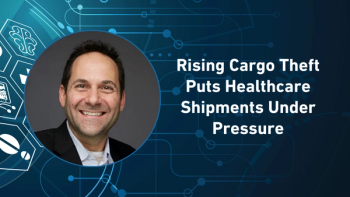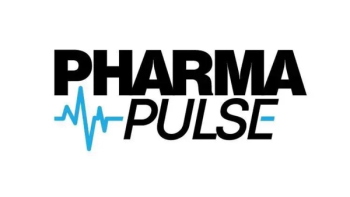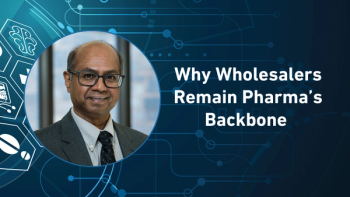
- Pharmaceutical Commerce - April 2010
Time Is Running Out on Unused Stocks of H1N1 Vaccine
CDC to release action plan for dealing with unused or expired swine flu vaccine
The US government spent $1.6B on 229 million doses of the H1N1 vaccine last year, but so far only 91 million doses have been administered. Faced with the end of flu season and an FDA-imposed June 30 expiration date on all H1N1 vaccines, the Centers for Disease Control and Prevention is now grappling with what to do with the leftovers.
More than 60 million are being sent to the US Department of Defense, donated to poor countries or put away for future use, the
reported earlier this month, but that leaves more than 70 million doses unaccounted for.
The CDC still is recommending vaccination for H1N1, cases of which continue to be reported regionally in the southeast and locally in Hawaii, Mississippi, Virginia and Puerto Rico. “We’re still seeing activity, and people can still benefit from the vaccination,” says Tom Skinner, Senior Public Affairs Officer for the CDC.
Skinner says some doses, including Medimmune’s nasal sprays, which have a shelf life of 18 weeks after being shipped out, may expire before the June 30 date. Some of the multi-dose vials and pre-filled syringes manufactured by Novartis, Sanofi-Aventis and CSL Biotherapies have expiration dates of a year or more, but they would still expire on June 30 “unless the FDA decides they need to extend this date due to increased flu activity,” Skinner says.
The CDC is developing an action plan for the unused and expired doses, which Skinner says will be released to providers “very soon.”
Articles in this issue
over 15 years ago
PBMs contact Congress over proposed USPS five-day delivery scheduleover 15 years ago
FDA puts a spotlight on cargo theft of life sciences productsover 15 years ago
New study sets benchmark for post-marketing surveillance processNewsletter
Stay ahead in the life sciences industry with Pharmaceutical Commerce, the latest news, trends, and strategies in drug distribution, commercialization, and market access.




